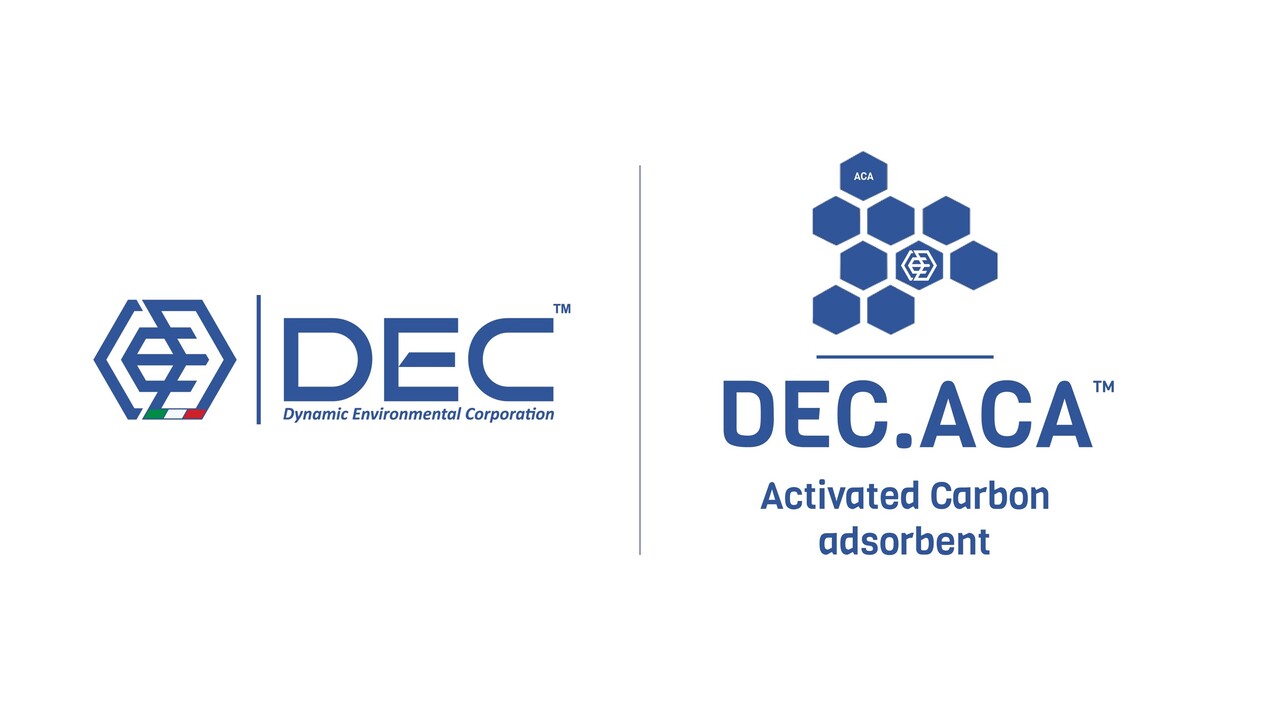
activated carbon for solvent recovery
DEC.ACA™
Great flexibility, several different types and grades available and a variety of industrial applications: activated carbon is the most widely used filtration media for treatments of fluids, in both liquid and gaseosus phase. Thanks to its non-polar surface characteristic, activated carbon shows high affinity with most organics (VOCs), while showing low affinity with water, in contrast with the polar desiccating adsorbents (such as molecular sieves).

Activated carbon is a carbon structure which has been given a particular porosity, with a resulting inner surface accessible to molecules of varying nature and size.
This porosity is developed by the activation process, which creates a remarkable power of adsorption, an indispensable process in industrial separation, purification, decolorisation and VOC recovery techniques.
Activated carbon is the ideal adsorption media for industrial filtration (AFU) and vapor phase solvent recovery units (SRU).

activated carbon for solvent recovery (DEC.ACA™) • classification
Active carbons can be divided into the following types according to their use:
activated carbon for solvent recovery (DEC.ACA™) • adsorption and desorption
Effective solvent recovery depends on the use of high-quality activated carbon with a properly distributed pore size.
Adsorption is a physical (reversible) process where organic molecules are held at the carbon surface, by a mechanical attraction (Van Der Waals forces) resulting from intermolecular attraction (relatively weak, if compared to normal chemical bonds).
During adsorption, contaminant molecules in the SLA (Solvent Laden Air) encounter and adhere to the surface of a solid adsorbent, particularly within its micropores. This physical process, occurring at specific active sites leads to surface condensation of the contaminants (releasing heat). As the active sites become occupied, the adsorbent's capacity diminishes, culminating in adsorption breakthrough and necessitating desorption for regeneration.
Desorption is the reversal of the adsorption process. In the (in situ) regeneration process, the adsorbed solvent is stripped from the activated carbon, using two processes, alone or combined:
